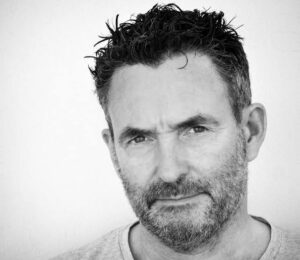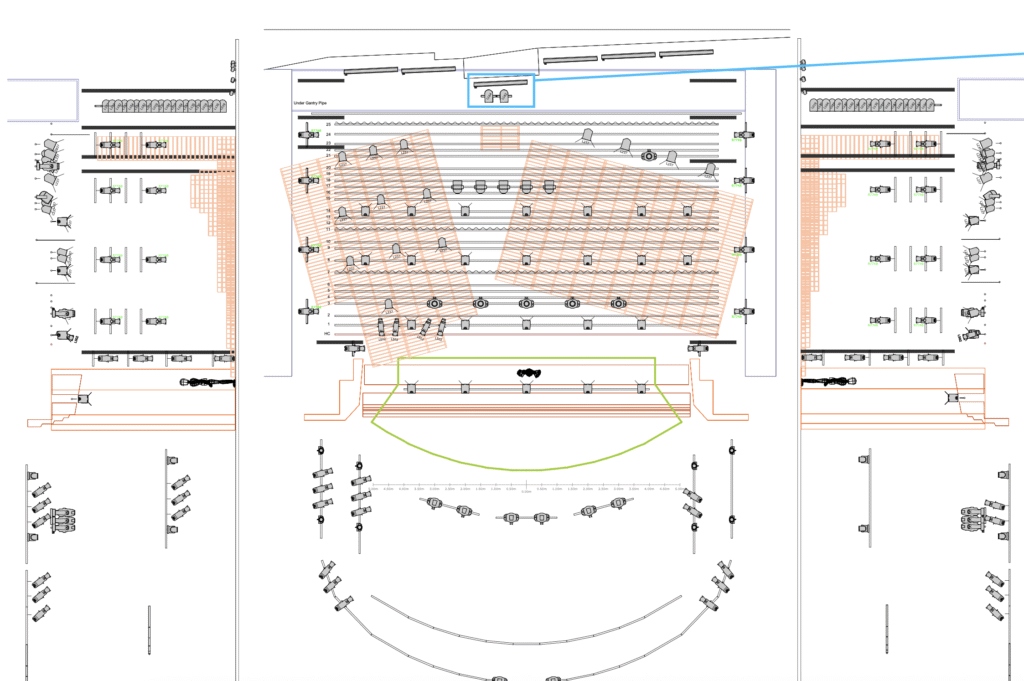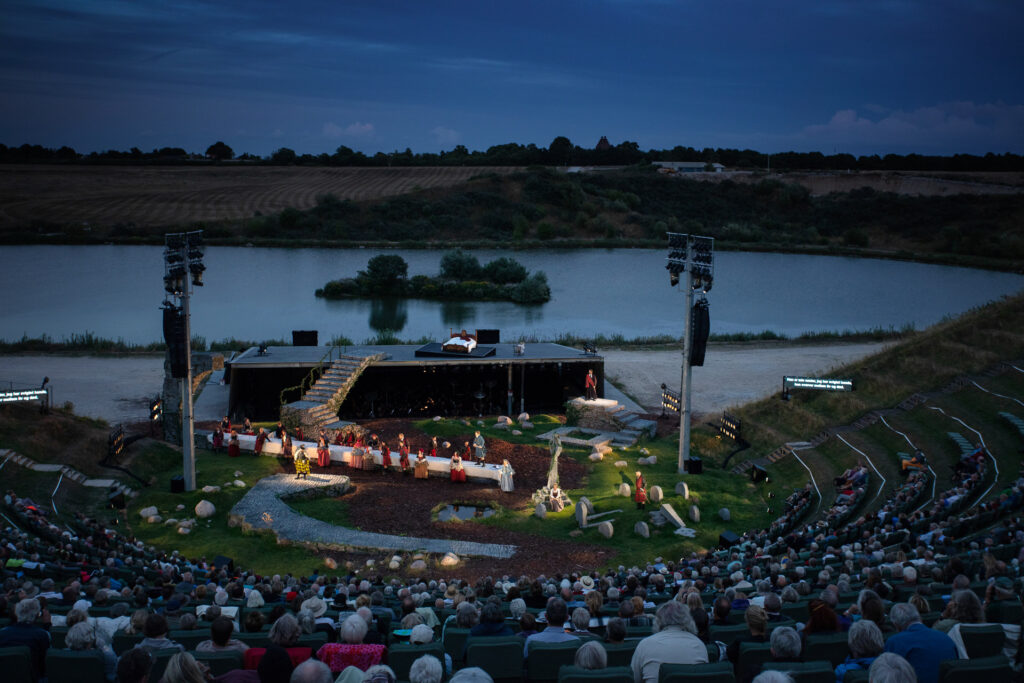
Simon Corder has built a distinctive career as a lighting designer, starting as a follow spot operator before moving into experimental theatre roles. His path then expanded into zoological lighting with landmark projects like Singapore’s Night Safari, the world’s first night-time zoo that has now drawn over 20 million visitors. His global portfolio includes Guangzhou Night Safari, Yerevan Zoo, Jardin Zoologique de Rabat, Paignton Zoo in Cornwall, Night Safari Xiamen, Taipei City Zoo, and Twycross Zoo in England.
Today, Simon divides his time between performing arts lighting and zoological lighting consulting. He regularly advises Artis Zoo in Amsterdam and is currently updating Singapore’s Night Safari lighting installation. While WYSIWYG is core to his stage work, he also applies it occasionally to zoo installations, such as designing winter light trails. Yet, he finds opera and theatre lighting more creatively fulfilling than commercial shows or concert tours, offering greater freedom and deeper collaboration with directors and scenographers to shape compelling visual narratives.

Why WYSIWYG?
For Simon Corder, WYSIWYG is less about complex programming and more about practical, effective design visualization. He uses the software primarily to previsualize classical lighting rigs and scenic elements, allowing him to streamline setups and reduce on-site technical adjustments, especially critical for large-scale opera productions.



One of his standout uses of WYSIWYG was for three major productions at Opera Hedeland, an open-air venue where previsualization proved essential to integrating lighting and scenography in a fully realized 3D space. Simon particularly values WYSIWYG’s integration with SketchUp models, stable DWG file import, and its extensive fixture library, noting how these features help consolidate design, documentation, and visualization into one reliable tool.

While Simon is quick to say he’s not the most technical user, Simon describes WYSIWYG as a trusted collaborator – supporting his ability to map sightlines, understand space, and fine-tune lighting setups before stepping into the venue. It’s a consistent part of his workflow, including his upcoming production of Carmen in Italy, which he is already modeling in WYSIWYG.